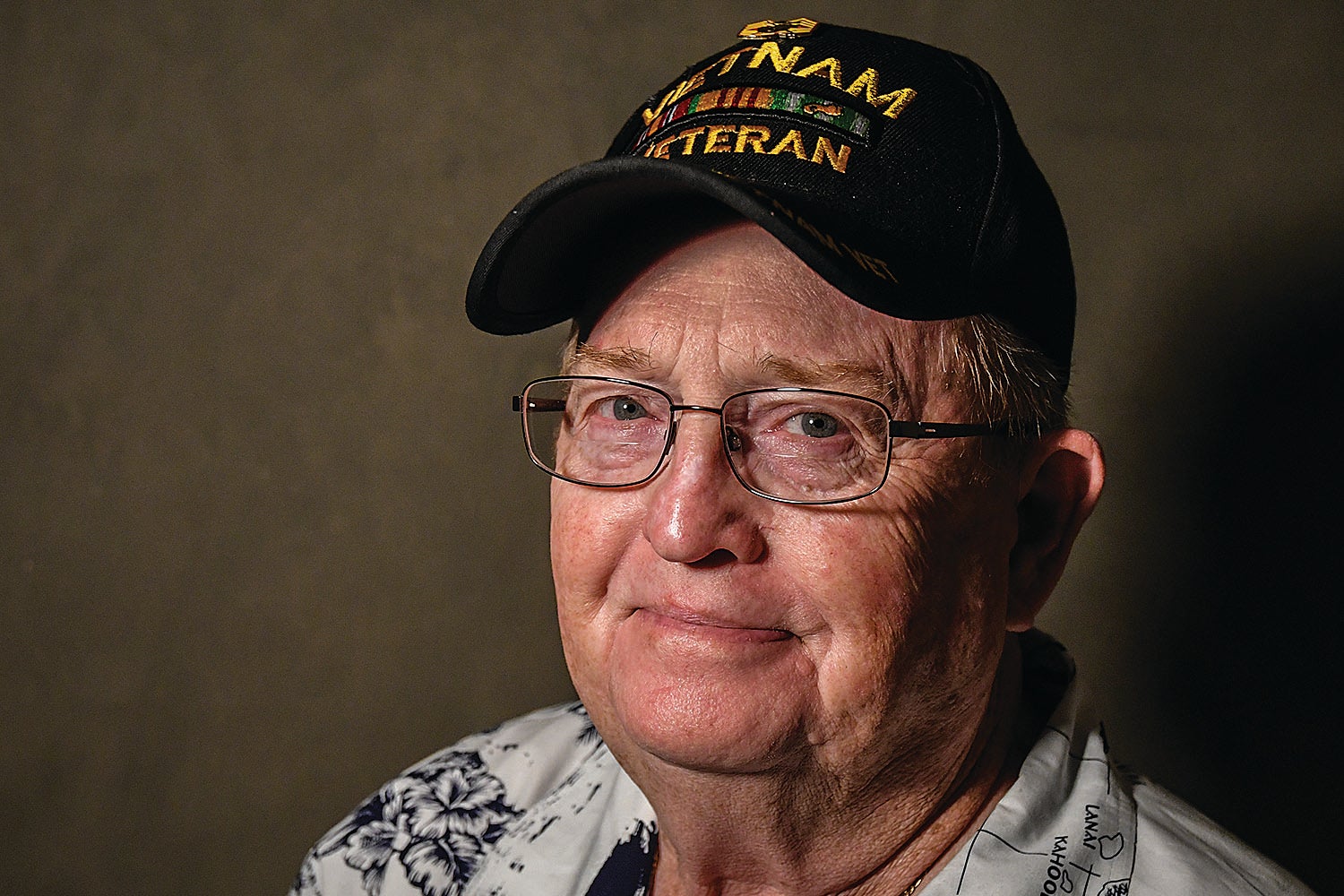Arts education supports what Mississippi does best
Published 10:41 am Friday, September 16, 2016

- Allison Estes
“The greatest scientists are artists as well.’’—Albert Einstein
In 2010, Congress passed a resolution designating the second week in September as Arts in Education Week. Resolution 275 is an elegant little treatise recognizing the benefits of the arts in education, and its extended significance for young people entering the workforce in the 21st-century global economy.
Not long after, the President’s Committee on the Arts and Humanities issued a report documenting the spectrum of powerful positive effects of arts education, especially in schools with an underprivileged student body, calling it, “…not a flower, but a wrench.”
This week, some school districts will observe Arts in Education Week by celebrating successful programs and showcasing student work. For others, the week will be one more reminder of how arts programs have been strangled in the snarls of education policy and lack of funding.
The newly-minted Every Student Succeeds Act offers some hope. Previously, No Child Left Behind and Common Core narrowed curricula and put the squeeze on the arts by forcing teachers to “teach to the tests.” ESSA unties Common Core from federal funding and clearly throws the definition of academic standards back to the states, which could help the arts make a come-back in some schools.
But even the best-intentioned policies can’t make a silk purse out of a sow’s ear.
The Mississippi Adequate Education Program (MAEP) is supposed to ensure that schools are adequately funded by supplementing community tax dollars with state funds. But the state has only fully funded education twice since the 1997 mandate. On the ballot last November, Initiative 42 would have ensured full funding according to the law. But it was confusingly juxtaposed with Alternative 42, which sought to keep the purse strings away from the courts and in the hands of legislators. In order for Initiative 42 to pass, voters first had to check a box to approve “either measure”—which failed.
In case you’re still in doubt about where the priorities lie, in 2014, the state cut education funds by $1.3 billion. At the same time, it granted $1.3 billion in tax breaks to the Nissan plant in Canton, Mississippi—but that’s another story.
This year, unadjusted spending per student in Mississippi was $8,130, one of the lowest in the nation.
Everyone knows how many lists Mississippi is at the bottom of. A third of the children in Mississippi live below poverty level. An undeniable factor of that is the nearly 50 percent of kids in Mississippi who live in single-parent households. Mississippi is one of the poorest states in the nation and one of the worst at funding education.
When you live at the bottom of that barrel, underprivileged and poorly educated become a powerful symbiosis, making it hard to even imagine another way. Always being the best at the worst creates a sort of demographic typecasting that becomes part of a kid’s identity and can be difficult if not impossible to overcome.
“Nothing changes until something moves.”—Albert Einstein
Clearly we’re a long way from moving legislators to fully fund education in Mississippi—even if that funding were enough to turn things around. Some argue no amount of money would make a difference, citing examples of school districts like Tunica that receive about $3,000 more per student and are still failing.
So what can we move?
How about this: You don’t need federal funding to visit a school or a library or a community event and start engaging with kids. If you are an artist, or a dancer, or an actor; if you are a musician or an author; if you are an expert in media like video, film or radio, you have the power to make the arts real and relatable to kids.
I’m an author. When I visit schools and libraries, I ask kids what they want to be when they grow up. Most of the boys will say they want to be athletes. Girls tend to give more diverse answers. Later, after I talk to them, answer their questions, tell them how I got to be where I am, read to them, startle them, make them laugh—engage them in the arts—I ask if anybody thinks they might want to be an author. How many hands shoot up! The point isn’t to turn kids into what we are. The point is to bring the world to them, through the arts, and to give them a context in which they can envision in how many diverse ways the arts are woven through the global community.
Those of us with careers involving the arts have the power to do that.
Here’s another example: last spring, Thacker Mountain Radio Hour executive director/producer Kathryn McGaw led a class of University of Mississippi journalism students through production of a kid version of the popular radio show, from conception to developing a brand identity to fundraising, programming and public relations. The class culminated in the very first Thacker Jr. Kids Radio Hour.
The flagship production on April 26 was also a milestone celebration—a graduation party for third graders in Leap Frog, a tutoring and enrichment program that serves academically at-risk 1st, 2nd and 3rd graders.
The Thacker Jr. show featured music from local bands, including the kids house band from Rox U, and a scripted version of my picture book, Izzy & Oscar. Cue cards helped kids in the audience participate in the reading. Local eateries contributed gourmet popsicles and other goodies. Like “Big Thacker,” the show was recorded for broadcast on Mississippi Public Broadcasting (MPB).
McGaw said she hoped the course would be “…a mutually beneficial experience for outstanding students at the University of Mississippi, students in the Leap Frog program and our Oxford community.” And that’s exactly what it was—the endeavor integrated a lesson in the arts for all, from production to product—incorporating local businesses, food, music and literature, and made the whole joyous event accessible to a broader audience through the broadcast medium of radio.
That is arts education at its finest.
Intelligence, talent and creativity are not bound by state lines. At last, here is a list Mississippi is not at the bottom of.
Aiden Flowers, Hayley Williams, Britney Spears, Faith Hill, Daniel Curtis Lee, Israel Broussard, LeAnn Rimes, Brandy Norwood, Oprah Winfrey, Eric Roberts, J. D. Evermore, Tina Mabry, Cat Cora, Bobbie Gentry, Jimmy Buffet, Van Dyke Parks, Kevin Beard, Camden Flowers, Larry A. Thompson, William Beckwith, George Berry, Sr., Jason Bouldin, William Dunlap, Maggie Dunlap, Paul Jackson, Don Jacobs, Bessie Johnson, Andrew Lark, Sharon McConnell, Laurie Parker, Sarah Frances Hardy…the list of professionals in the arts who hail from Mississippi runs on into the thousands.
So, come on, y’all. Come make yourselves a real, known, relatable person. Come share your stories and your art, and inspire the children of your home state to reach for something more than just above the bottom of the barrel.
“Imagination is more important than knowledge. Knowledge is limited. Imagination encircles the world.”—Albert Einstein
allison estes is an author and adjunct professor of journalism at the University of Mississippi.





